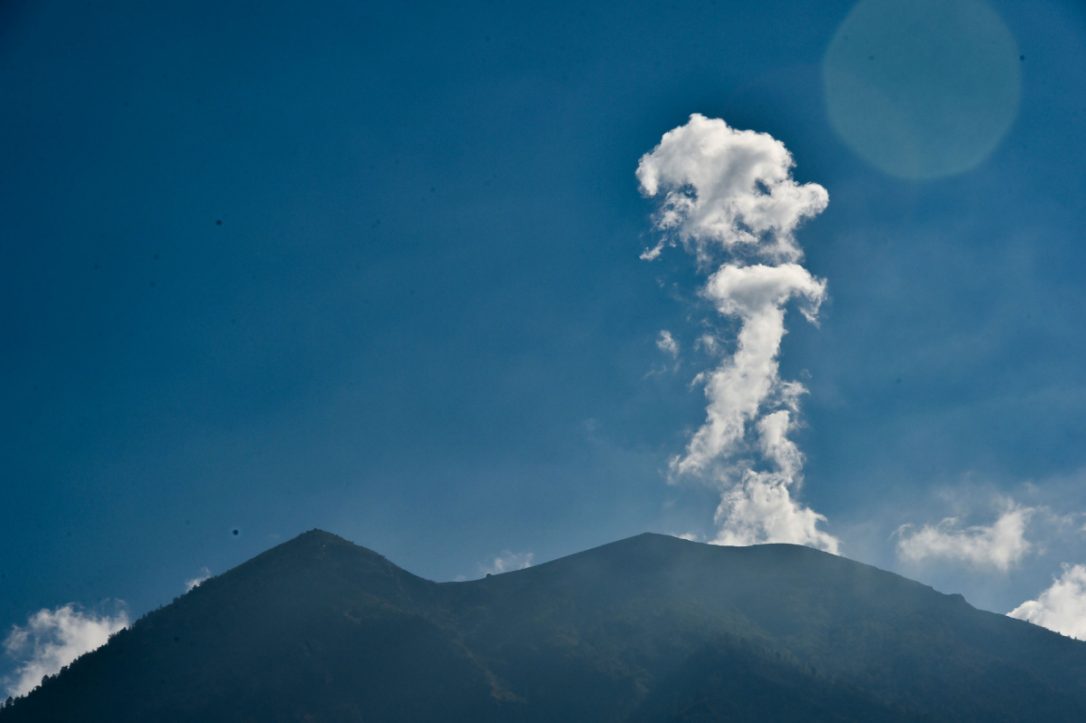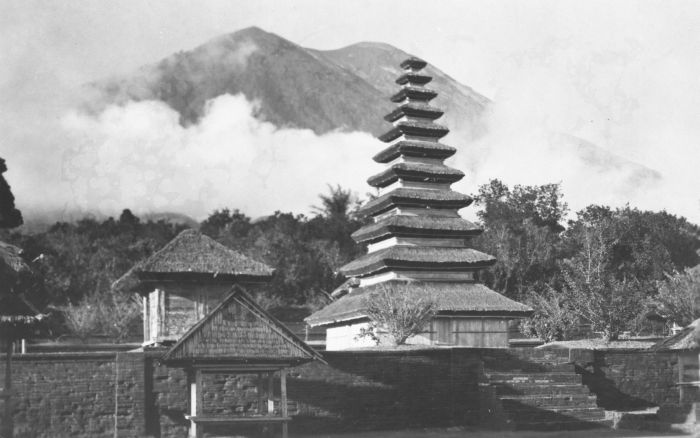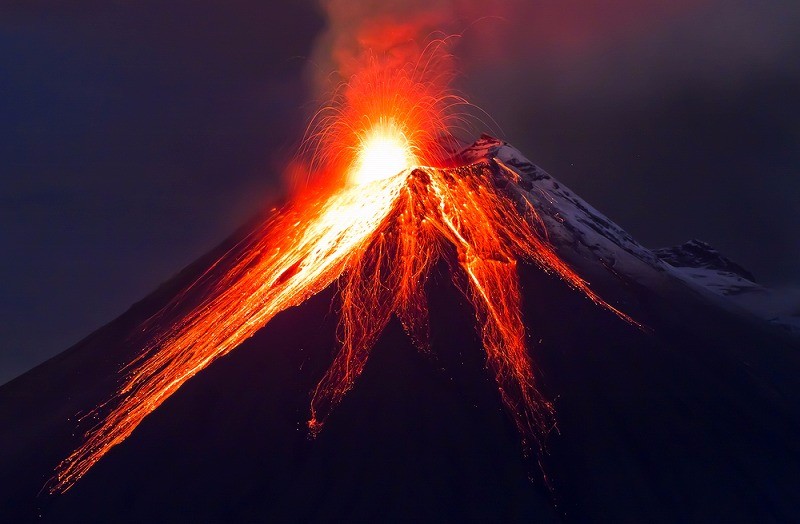Ancient Volcanic Eruption Caused Collapse of Egyptian Dynasty
/2,000 years ago Egypt's last dynasty collapsed after volcanic eruptions prevented monsoon rains from swelling the Nile, thus causing economic pressures and revolt.
Wow, what an example of the "butterfly effect!" This is a lesson to all of us of our interconnection to natural events and their consequences in our seemingly independent lives.
The ancients believed in following the course of nature and maintaining harmony with nature.
As you will see, they had very good reason to. Nowadays, the average person living in the developed world may only consider nature when checking the weather to pick what clothes to wear, but in traditional culture, people deviating from the natural seasonal cycles could mean starvation for an entire nation! Large natural disasters were viewed as the responsibility of the ruling monarchy who would even make a public apology to the people and make changes to fulfill his duty to his people's well being.
Yale University historian Joseph Manning and his colleagues compared records of Nile River heights dating back to A.D. 622 with 2,500 year-old ice cores from Greenland and Antarctica with layers of volcanic ash matching the years the Nile's waters did not rise high enough.
Less flooding meant less food, which meant poverty, revolt, and the eventual end of Egypt’s Ptolemaic Kingdom.
Each volcanic eruption limited rainfall across Africa where the Nile receives water from. Such eruptions impact monsoons via a low-pressure belt near the earth's equator called the Intertropical Convergence Zone that governs rain cycles. Basically, the volcanic ash blocked monsoon weather from watering the Nile and caused turmoil in human society.
Manning and researchers found recorded revolts matched the dates of volcanic eruptions. During Italy's Mount Etna's massive explosion in 44 BC, there were political earthquakes, starvation, and drought. Coincidence? I think not.
This research is astonishing and points to the affects of other natural disasters to our civilization and social behaviors. With all of today's hurricanes, wildfires, earthquakes, and political tension, let us remind each other to re-align to the natural way because our actions also influence the greater world around us that we all live on.
Sources:
https://www.sciencenews.org/article/how-volcanoes-may-have-ended-dynasty-ptolemy-and-cleopatra?mode=topic&context=60
https://www.nature.com/articles/s41467-017-00957-y






















